Fujinon XF 16-55mm F2.8 LM WR Review
Dustin Abbott
March 29th, 2019
A few months back I reviewed the newest Fujinon lens in the Fuji “trinity” of fast, F2.8 zoom lenses. That lens (the XF 8-16mm F2.8 WR) makes up the wide end of the spectrum while the XF 50-140mm F2.8 OS WR covers the telephoto end. In between those lenses lies the most commonly used option – the jack of all trades – the XF 16-55mm F2.8 WR. For many people a standard zoom will be their most-used lens, as it can shoot everything from wide angle (24mm FF equivalent) to portraits (84mm FF equivalent). There are few subjects you can’t address with a lens like this, so it becomes one of the most important options for Fuji shooters. But it isn’t the only competent lens Fuji has to fill this need, as the Fujinon XF 18-55mm F2.8-4 OIS is also a very popular alternative due to be smaller, lighter, and cheaper while being considerably better than most kit lenses. So which is the better choice? That will vary according to your needs, but hopefully this review will help you make an educated decision.
(Photo of the Wyndham Seawatch Plantation where I stayed during my Myrtle Beach trip.)Prefer to watch your reviews? Check out my thorough video review here:
Check me out on: Patreon | Sign Up for My Newsletter | Instagram | Facebook | Twitter | Flickr | 500px
*40MP Update – March 2024
A lot has changed in the past five years since I did this initial review. I did this initial review on the 26MP X-T3, but in subsequent cameras Fuji has increasingly standardized the use IBIS (In-Body-Image-Stabilization). This is a huge help to a lens like the XF 16-55mm, as it means the lack of lens based OIS is a no longer a factor. I used the XF 18-55mm F2.8-4 OIS side-by-side-by-side with the XF 16-55mm and Sigma 18-50mm on (ironically) a return trip to South Carolina and found no difference in stability for either photos or video in real world use. That was obviously very useful when the light started to dim! This shot was taken at 1/30th of a second in Charleston, South Carolina.
The other factor that has changed is that Fuji’s new standard of resolution is 40MP in cameras like the X-H2 that I now own and used for an updated look at the XF 16-55mm. That increase from 26MP to 40MP has been a very demanding one for older Fuji lenses like this one (it is now 9 years old). Fuji has been refreshing a number of its lenses in the past few years, and my experience is that the newer lenses are much better suited to the demands of 40MP. I was interested to see how this lens held up optically, not to mention if the improvements to autofocus on more recent bodies have helped to keep it relevant. If you would like to see my findings, check out this updated review video here.
Bottom line: this lens is showing its age in some areas and is due for an update, but I’ll also note that its color rendition and build quality are still tops in the class.
Fujinon XF 16-55mm F2.8 Build and Handling
It is rare to find lens like this one on other systems for the simple reason that most other manufacturers primarily reserve their premium lens development for full frame. By and large the APS-C development for Canon, Nikon, or Sony is consumer-grade, not premium options. Fuji has elected to focus on APS-C, which means that they actually develop professional grade APS-C lenses. This video segment will give you an up-close view of the build and design of the lens:
This actually causes some consternation from people coming from other platforms, as some of these lenses seem too large and too expensive for APS-C lenses, But for lenses like the XF 16-55mm, the comparison is not really the standard “kit lens” that people are accustomed to but rather something like full frame 24-70mm F2.8 lenses, which are universally larger, heavier, and more expensive yet than the XF 16-55. But the XF 16-55mm is big enough: it is 3.28″ (83.3mm) in diameter, carrying a 77mm filter size, and weighs in at 1.44lb (655g).
The full name of the lens is Fujinon XF 16-55mm f/2.8 R LM WR Lens. If you don’t speak Fuji, here’s what those initials mean:
- XF refers to the native mount of the lens, which is Fuji’s X-mount
- R refers to the fact that the lens has an aperture ring (though you can select Automatic to control the aperture from the camera or allow the camera to control the aperture
- LM refers to the premium Linear Motors that drive the lens’ autofocus
- WR stands for “Weather Resistant”, pointing to the superior weather sealing of the lens.
In short, the only real premium option missing here is Fuji’s OIS, or “Optical Image Stabilizer”, which would have been a great addition.
The XF 16-55mm has three rings on the barrel. The first is the aperture ring, which gives you the option to manually select aperture values (in 1/3rd stop values, i.e. F2.8, F3.2, F3.5, F4) or to select A (Auto) and control aperture from within the camera.
The second ring is the zoom ring, and it moves perfectly (it is both smooth and nicely damped). The inner barrel extends around an inch (2-3cm) when zoomed out to the 55mm position.
The final ring is the manual focus ring. Like other mirrorless lenses, the XF 16-55mm employs a focus by wire manual focus system where input is taken from the ring and then routed through the focus motor to move the lens elements. There is no direct coupling to the lens elements. This appears to be a necessary evil for mirrorless cameras, but it really diminishes the manual focus experience in terms of feel and precision. There are no hard stops, so less physical response to the limits of focus, and also the actual focus feeling itself is a bit numb. On the plus side, most Fuji bodies have a number of options for manual focus aids to make sure focus is easy to nail.
Other than that minor quibble (which is less about this individual lens and more about focus-by-wire in general), the build quality and the handling is great. The lens is heavy, but not overwhelmingly so. I have an inexpensive grip extender on my X-T3 and didn’t really notice any balance issues. I am accustomed to using a lot of heavy lenses, however, so your opinion might be different. This is a premium lens, with a premium build quality and great handling.
It has a nice degree of weather sealing, as well, with a rear gasket to seal at the mount along with internal seals at key points in the lens:
This sets it apart from the closest Canon equivalent, the aging EF-S 17-55mm F2.8 IS USM lens for APS-C. That lens lacks a lot of premium features found in the Fuji and fails to deliver nearly as compelling a performance. The XF 16-55mm feels every bit as well made as most 24-70mm full frame lenses, and handles extremely well.
It looks, handles, and acts like a premium lens…because it is.
Fuji XF 16-55mm F2.8 Autofocus
As previously noted, the XF 16-55mm sports premium linear motors in its autofocus design, and these give the lens an excellent autofocus performance. I should note that I did my review on the Fuji X-T3, which, at the time of this review, is Fuji’s newest and most sophisticated autofocusing camera. This combination delivers great focus results, with focus arriving near instantly and always silently. Even in poorer lighting I got good autofocus, though you’ll see better results if you select fewer points and help the AF know where you want it to focus. Like most mirrorless cameras, the X-T3 prefers reasonable contrast to grab quick focus, but I doubt the XF 16-55mm is hampering focus in any way. My focus accuracy over my review period was excellent.
That was true even when shooting an event in a modestly lit hotel conference room where I had ISO at 5000 to keep the shutter speed up to 1/125th second. As you can from this shot, the autofocus had no issues nailing accurately under those conditions.
This shot was taken at night where I wanted to do a long exposure. It was a 20 second exposure, but I don’t recall having any issue achieving focus under these conditions.
I also had excellent results when shooting portraits, where the lens/camera combination locked onto the eye and nailed focus.
In fact, I don’t recall a real-world photography situation where I even thought about focus, which, really, is the best endorsement I can give a lens. The AF system did it’s work quickly and quietly.
Fujinon XF 16-55mm F2.8 for Video
For video work I’m a little less bullish, though I suspect it has less to do with the lens and more to do with the nature of Fuji’s Video AF Servo focus. In Continuous AF mode, the focus transitions aren’t quite as smooth as competing systems from Canon or Sony. I find that with Fuji you can actually see some of the “steps” as focus moves rather than a smoother transition from one point to another. I also did a test (in my video review) where I compared the XF 16-55/X-T3 combination with the Sony a7R3 + Tamron 28-75mm F2.8 RXD to see how face tracking compared. The Sony/Tamron combo was definitely smoother in transition and a bit more accurate.
Outside of that (an issue I’ve noted with all Fuji lenses tested to this point), I thought the lens produced really incredible footage (you can see a lot of it in the video review). Great color, great detail, and the smooth zooming action allowed for me to zoom while recording (on a tripod) with nice results.
Fujinon XF 16-55mm F2.8 Image Quality
The Fujinon XF 16-55mm has a fantastic zoom range that covers a variety of subjects and also gives you a lot of different framing options. Here’s Niagara Falls (from my 16th floor room) at 16mm:
And now at 55mm:Two very different perspectives, with a lot of options in between. The challenge inherit with such a broad zoom range is that engineers have to overcome the hurdles inherit in both wide angle and telephoto lenses. There are a few compromises involved, though fortunately I would say many of those challenges are mitigated. If you want the full breakdown on the image quality, watch this interactive video segment:
Here’s where I think the optical formula (17 elements in 12 groups) comes up short:
- Some barrel distortion persists even after in camera corrections. In my first comparison you can see what a file looks like before further correction, with the comparison on the right being after I’ve done some manual correction in Lightroom. The lines are never quite perfect. This will mostly present as a problem if you have a straight horizon line near the edge of the frame, like in the second photo of the Atlantic Ocean. In the final photo, one of a building, I see less obvious issues other than the typical keystoning due more to perspective distortion than barrel distortion.
- At 16mm the lens doesn’t quite ever get sharp in the corners. The center of the frame is fantastically sharp from f2.8 on, as is about 2/3rds of the frame, but the corners (as you can see in the second comparison) never improve very much (even when stopped down to F8). While real world images aren’t often as demanding, you can see that my final crop (at F5.6) does show softness in the crop of the corners.
The final image in the series above shows that this last criticism is probably not a huge factor for many shooters. Real world images (this one is at F4) look pretty fantastic. If you are a hard core landscape photographer, however, and don’t need a zoom, you might consider the Fujinon XF 16mm F1.4 to get better corner performance at 16mm.
The XF 16-55mm gets very high marks for great color and contrast, however, particularly when paired with a good circular polarizer (one of my favorite means of intensifying colors). Many of these photos taken using an Irix Edge Circular Polarizing filter (a filter series that I’ll soon release a review of). I was really delighted with the overall look of my images. Here’s a mini-gallery to show what I mean:
If you would like to see many more photos, please visit the Lens Image Gallery here.
Resolution in the center of the frame is excellent at any aperture value, and the evenness of the sharpness across the frame is more consistent beyond 20mm. If you want more details at each focal length, please watch the video above.
Bokeh is also surprisingly good for a standard zoom. I felt that it had a good balance between sharpness on the subject and a nicely defocused background. Here’s a few samples at different focal lengths and focus distances:
Flare resistance, while not perfect, was fairly good, with little veiling and only a few ghosting artifacts. The sunburst is not the cleanest I’ve seen, but neither is it really objectionable. There are nine founded aperture blades that that keep the aperture shape fairly round when stopped down.
At times I could see some lateral chromatic aberrations (green and purple fringing along the edge of the frame) through the viewfinder, but the in camera profile must do an effective job of correcting for it, as I was unable to really find any notable example in my hundreds of real world images. Longitudinal chromatic aberrations are also well corrected optically. If they existed, this shot would definitely show them off.
I shot a variety of portrait shots with the lens. The only flash unit I had access to is the little EF-X8 that serves instead of a pop-up flash and has about as much punch, so I had little means of equalizing the light ratios with a strongly backlit subject. I shot some shots with the background “chimped” (slightly overexposed while still pleasing) and then also shot some with the subject underexposed (silhouetted) to allow the background to pop. I was very pleased with the global look the images. These images in this series have had next to no processing and represent essentially what came out of camera:
The minimum focus distance with the lens is right under a foot (30cm), but the maximum magnification figure (0.16x) is not overly impressive. It’s useful, but it won’t trick anyone into thinking it was a macro shot:
My images, in general, put a smile on my face…and in a lens with such versatility, I feel like that’s a great thing.
There are compromises in such a zoom lens, but I feel like they are fairly well managed here. I’ve not seen many complaints from users over the optical performance of the XF 16-55mm.
Conclusion
It is impossible to overestimate the importance of a lens like the Fujinon XF 16-55mm F2.8 LM WR. I think it would easy to argue that if you could own only one lens, it would be one must like this one. It isn’t perfect, but it is extremely competent in just about every situation and delivers beautiful images. The focal length (a full frame equivalent of 24-84mm) ably covers everything from landscapes to portrait. There are only two potential objections. The first is that the XF 16-55mm is larger and heavier than what many were looking for when they moved to the compact Fuji X system. The second is the existence of the Fujinon XF 18-55mm F2.8-4 OIS lens, which combines a much smaller size and less than half the weight and adds image stabilization, though at a loss of a constant maximum aperture and two critical millimeters on the wide end. That extra width means more than one might think, and there will be situations where wider framing will be missed by those using the 18-55mm lens. A potential third objection has been the price, which has trended near double that of the 18-55 ($699 vs $1199), but at the time of my review, that gap has closed considerably due to Fuji having an extended rebate period on their higher end lenses. Right now the XF 16-55mm is $899. At that price, I would personally spend the extra money to get the constantly maximum aperture (F2.8 definitely trumps F4 for portrait and event work!) and the extra width on the landscape end of things. If you are a video shooter, however, the OIS on the 18-55mm might sway you in the opposite direction.
Either way, we are blessed to have two solid options for a general purpose zoom lens on Fuji X-mount – just pick which one fits your needs…and happy shooting!
View more Fuji lenses for portrait, landscape, and macro photography.
Pros:
- Excellent build quality and strong handling
- Excellent focal range
- Strong center sharpness across aperture values
- Fast, quiet focus
- Gorgeous color rendition
- Good bokeh
- Flare resistance fairly good
- Good weather sealing
Cons:
- Some barrel distortion at 16mm
- Corners never really sharpen up at 16mm
- No OIS
- On the large and heavier side for APS-C lenses
- Expensive
Gear Used:
Purchase the Fujinon XF 16-55mm F2.8 @ B&H Photo | Amazon | Amazon Canada | Amazon UK | Amazon Germany | Ebay
Purchase the FUJIFilm X-T3 @ B&H Photo | Amazon | Amazon Canada | Amazon UK | Amazon Germany | Ebay
Peak Design Leash Strap: Peak Design Store | B&H Photo | Amazon | Amazon Canada | Amazon UK
BenQ SW271 4K Photo Editing Monitor – B&H Photo | Amazon | Amazon.ca | Amazon UK
Adobe Photoshop Creative Cloud 1-Year Subscription
Alien Skin Exposure X4 (Use Code “dustinabbott” to get 10% anything and everything)
Visit Dustin’s Amazon Storefront and see his favorite gear

Purchasing your gear through B&H and these links helps fund this website and keeps the articles coming. You can also make a donation here if you would like. Visit my Amazon page for some of my gear of choice! Thank you for your support.
Great News! I can now offer a 5% discount on all purchases at Amplis Foto, Canada’s Leading Photographic Supplier. Please enter discount code: AMPLIS52018DA in your cart. It is good for everything in your cart, and is stackable with other coupons, too! It will take 5% off your entire order! Proceeds go towards keeping this site going and providing you with new reviews!
Check me out on: My Patreon | Sign Up for My Newsletter | Instagram | Facebook | Twitter | Flickr | 500px | Google+ |
Use Code “DUSTINHDR” to get $10 off ($15 CDN) Luminar and/or AuroraHDR
Keywords: Fujinon, Fuji XF, Fuji 16-55, Fujinon 16-55, XF, Fujinon XF 16-55mm, F2.8, F/2.8, Fuji, Fuji 16-55mm review, Fujinon 16-55 Review, Fujinon 16-55mm F2.8 Review, Dustin Abbott, Fujifilm, X-T3, Fuji X-T3, X-T3 Review, Fuji X-T3 Review, Fujinon, Review, Hands On, Video Test, Sharpness, Autofocus, CA, Video AF, XF 16-55mm F2.8, Lens, Comparison, Test, Dustinabbott.net, Sample Images, Sample Video, Normal, Portrait, Travel, Canada, Myrtle Beach
DISCLAIMER: This article and description contains affiliate links, which means that if you click on one of the product links, I’ll receive a small commission. As an Amazon Associate I earn from qualifying purchases.














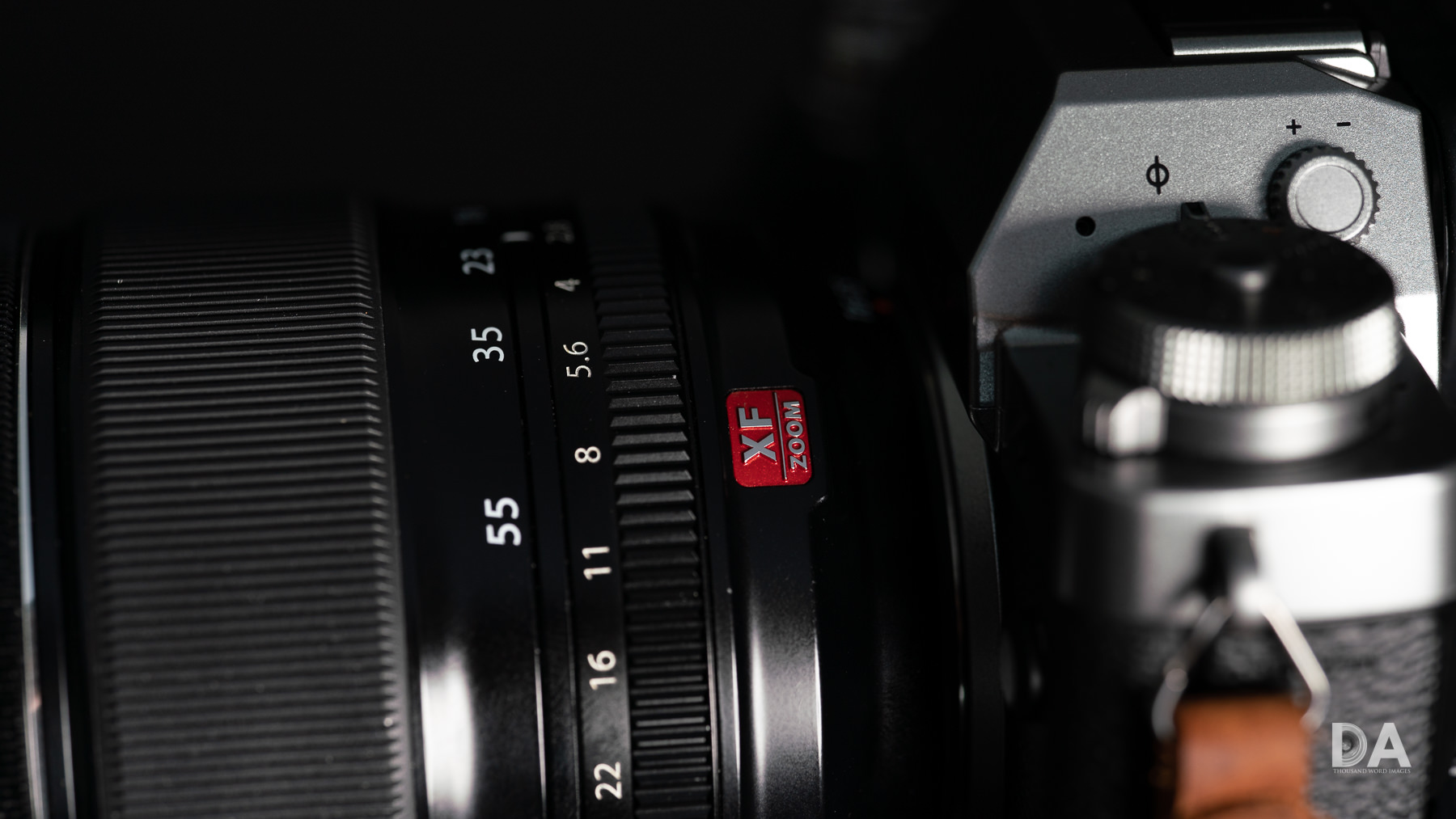
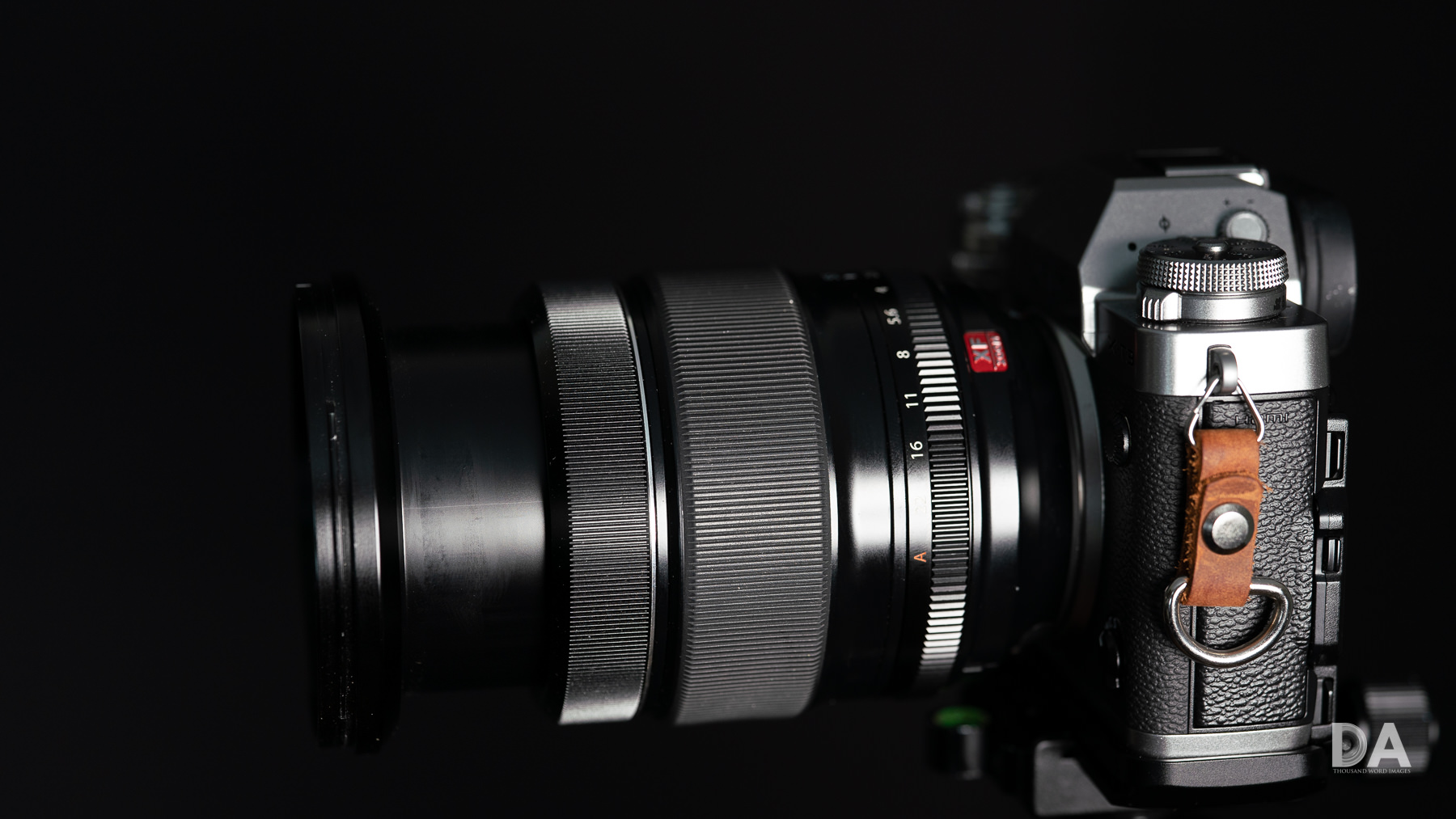
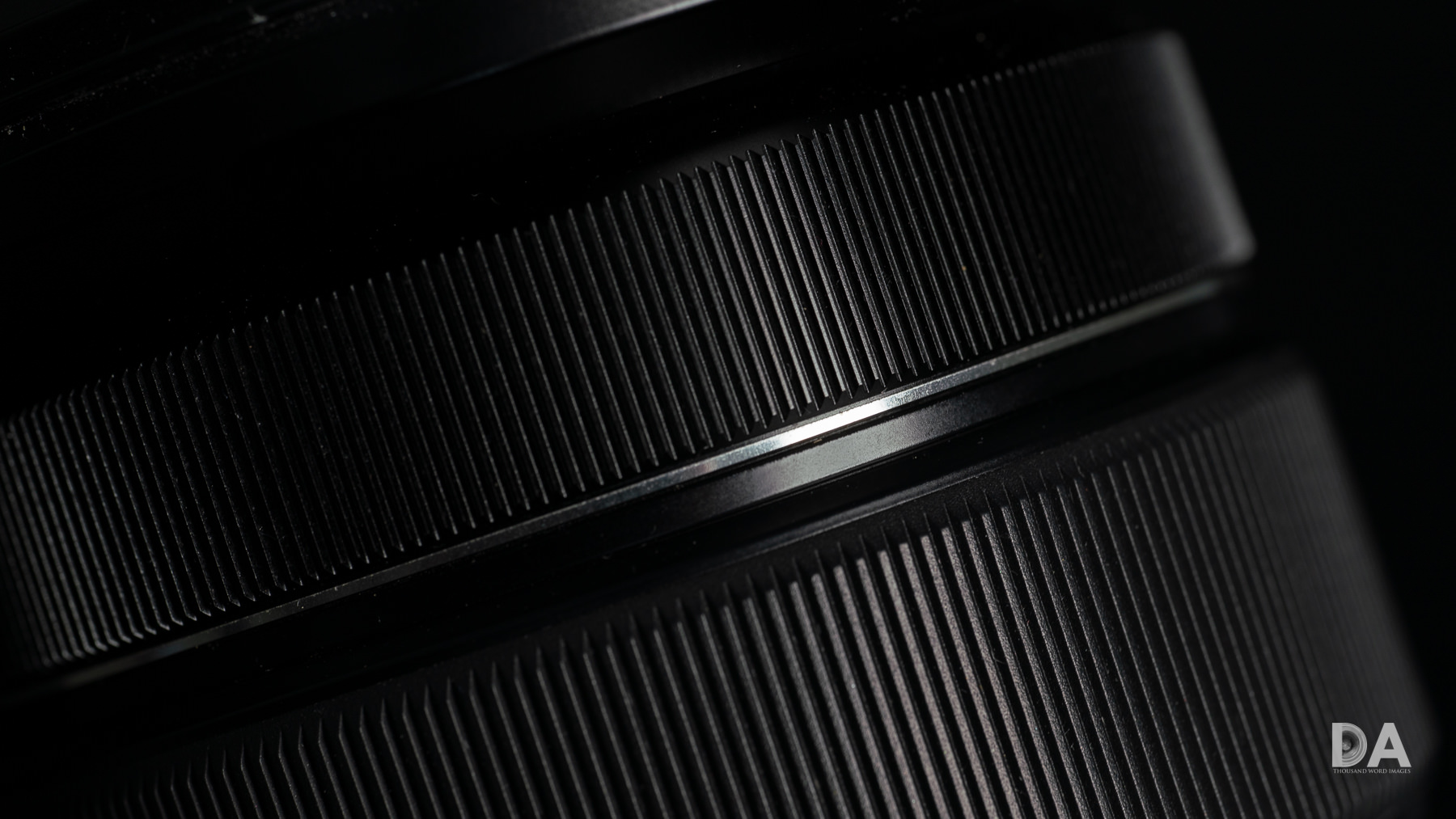
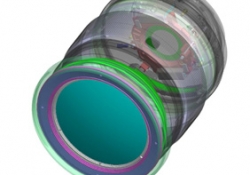
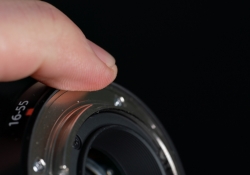
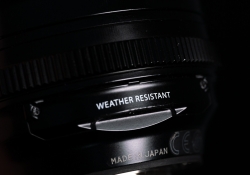
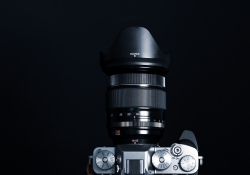

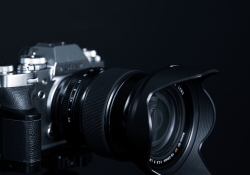



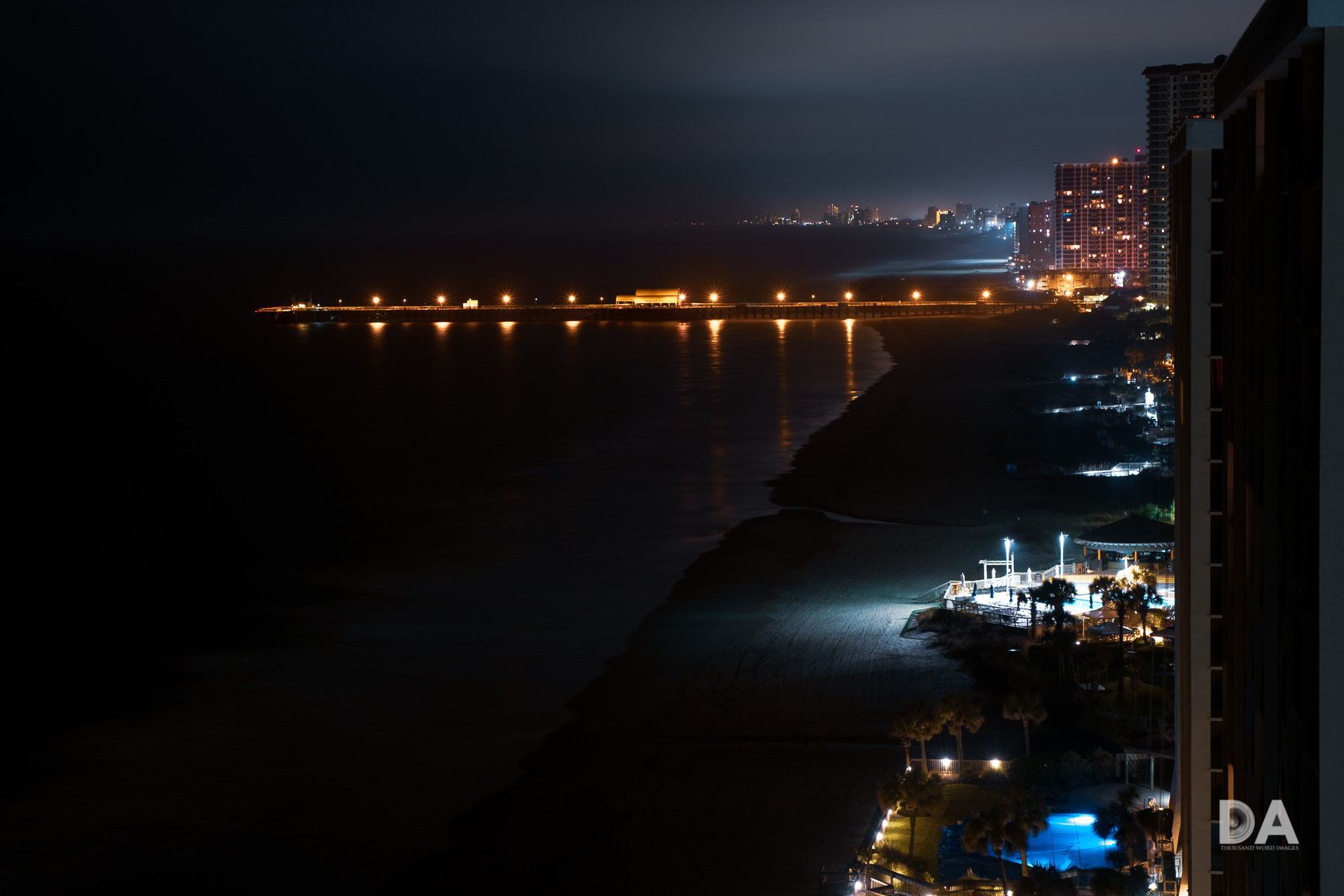








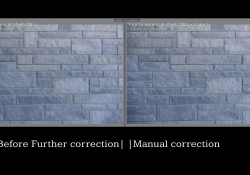


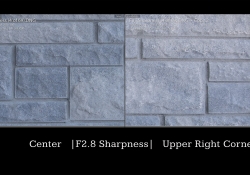
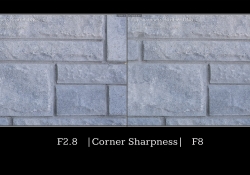
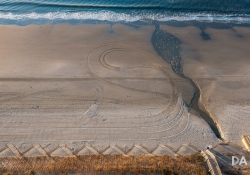
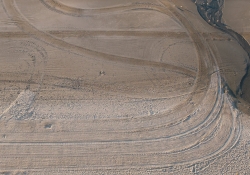


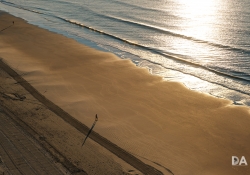




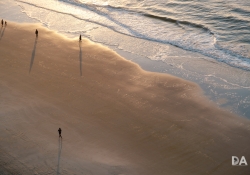
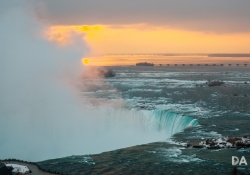







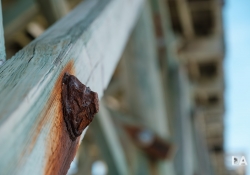














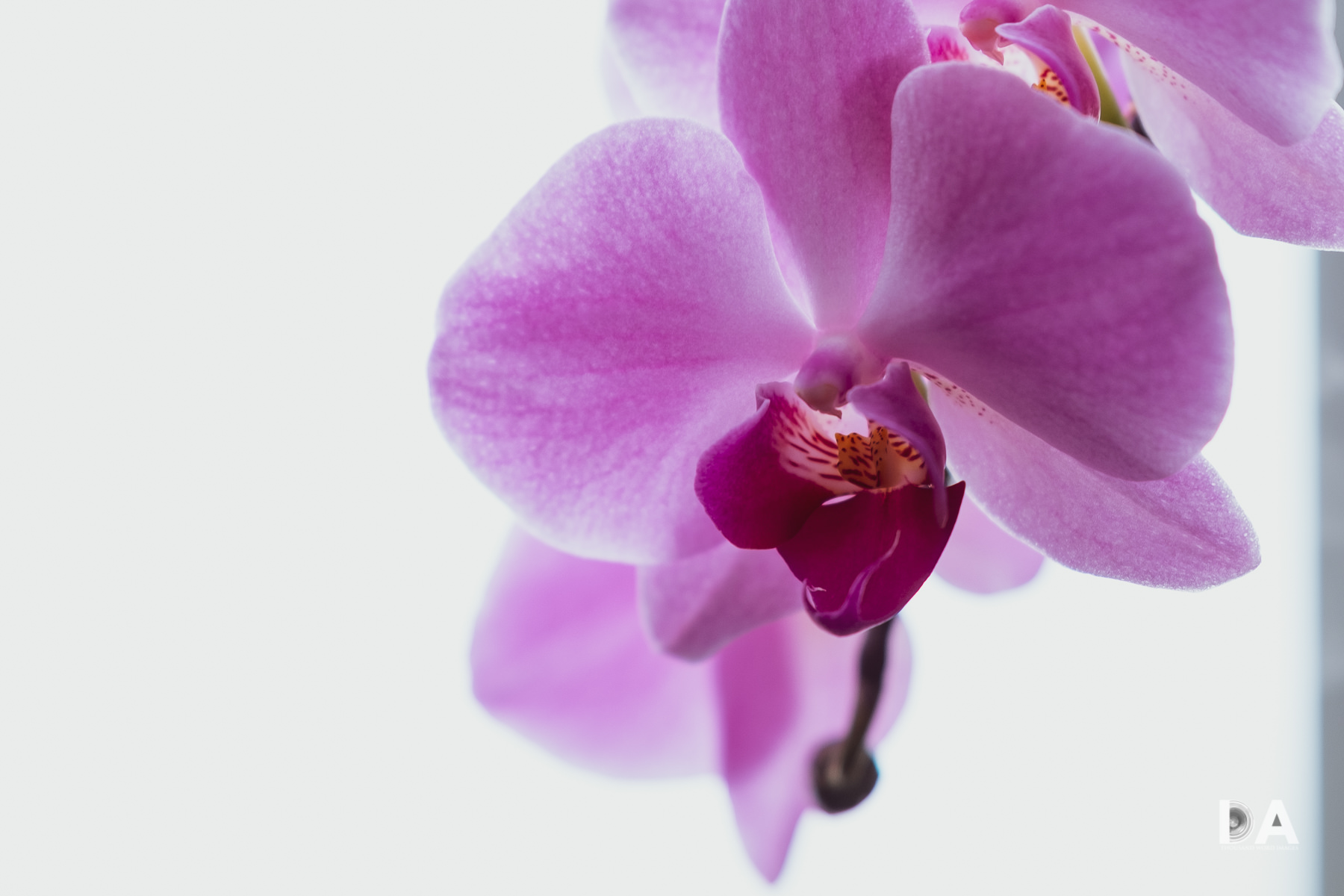

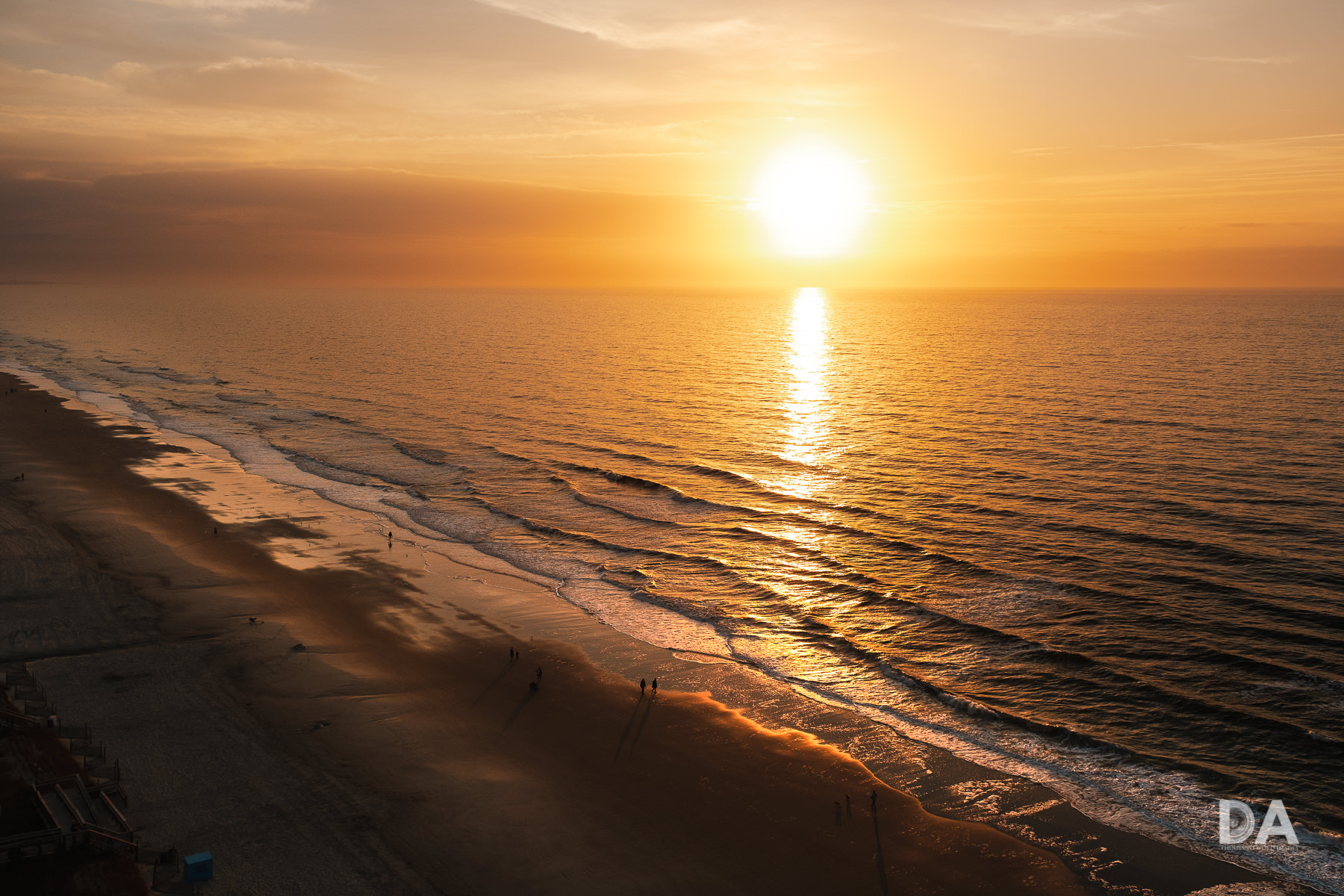






 Sony 85mm F1.4 GM II vs Sigma 85mm F1.4 DN
Sony 85mm F1.4 GM II vs Sigma 85mm F1.4 DN 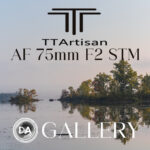 TTArtisan AF 75mm F2 Gallery
TTArtisan AF 75mm F2 Gallery  TTArtisan AF 75mm F2 Review
TTArtisan AF 75mm F2 Review 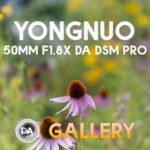 Yongnuo YN 50mm F1.8 DA DSM Pro Gallery
Yongnuo YN 50mm F1.8 DA DSM Pro Gallery 


